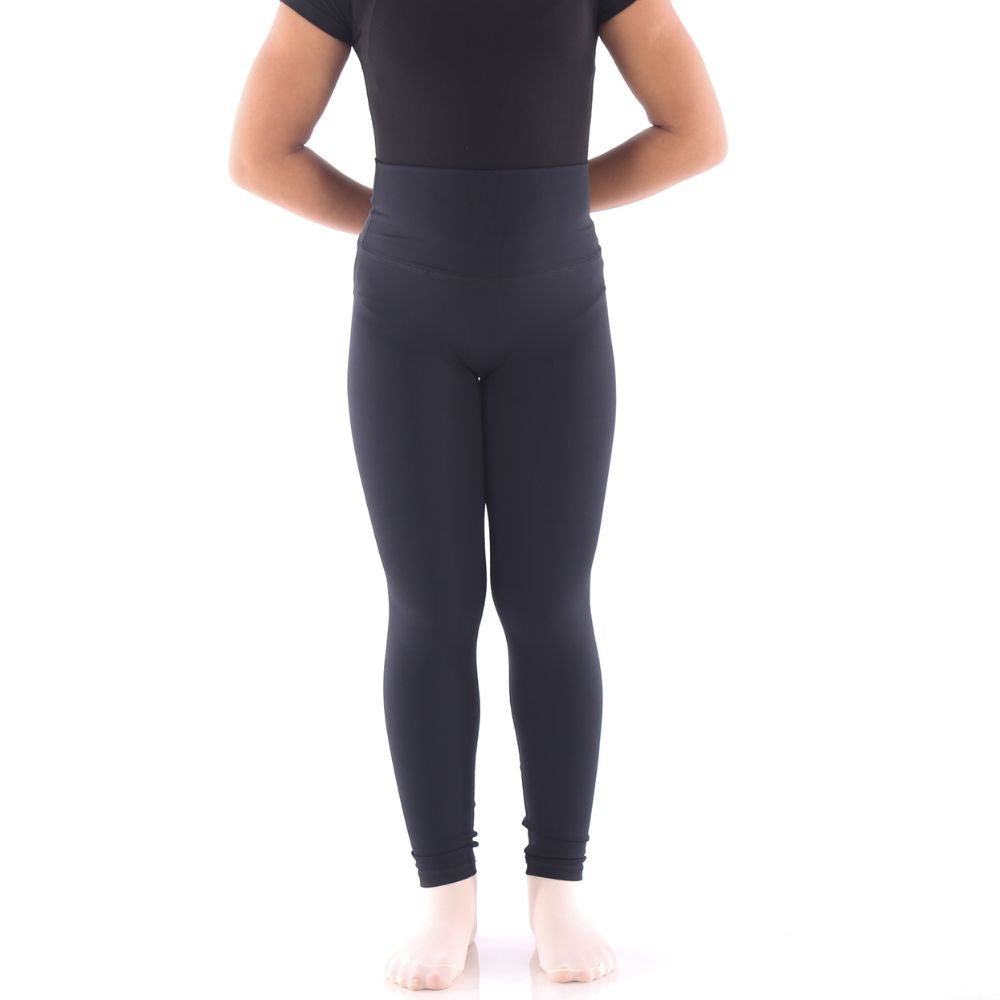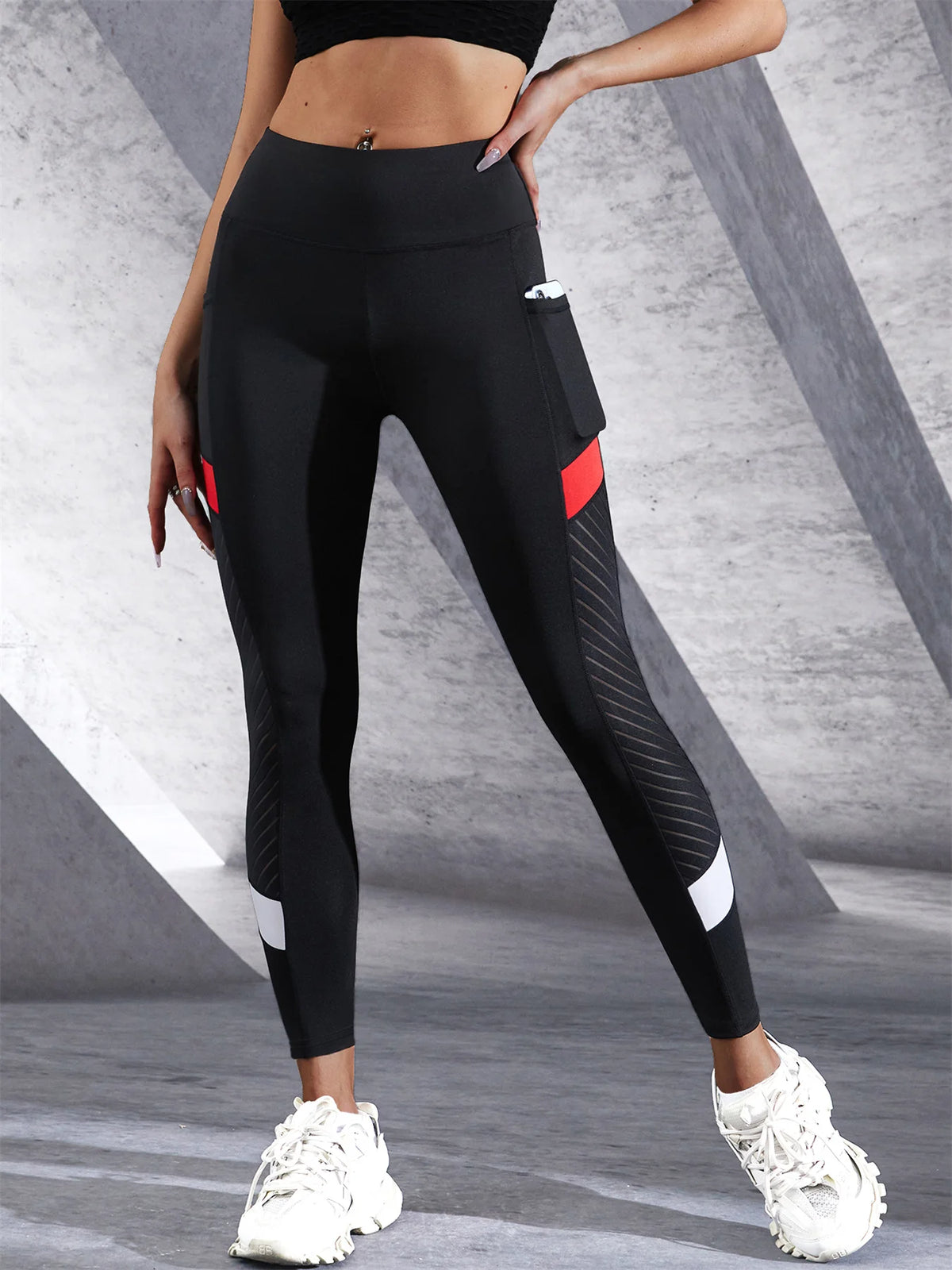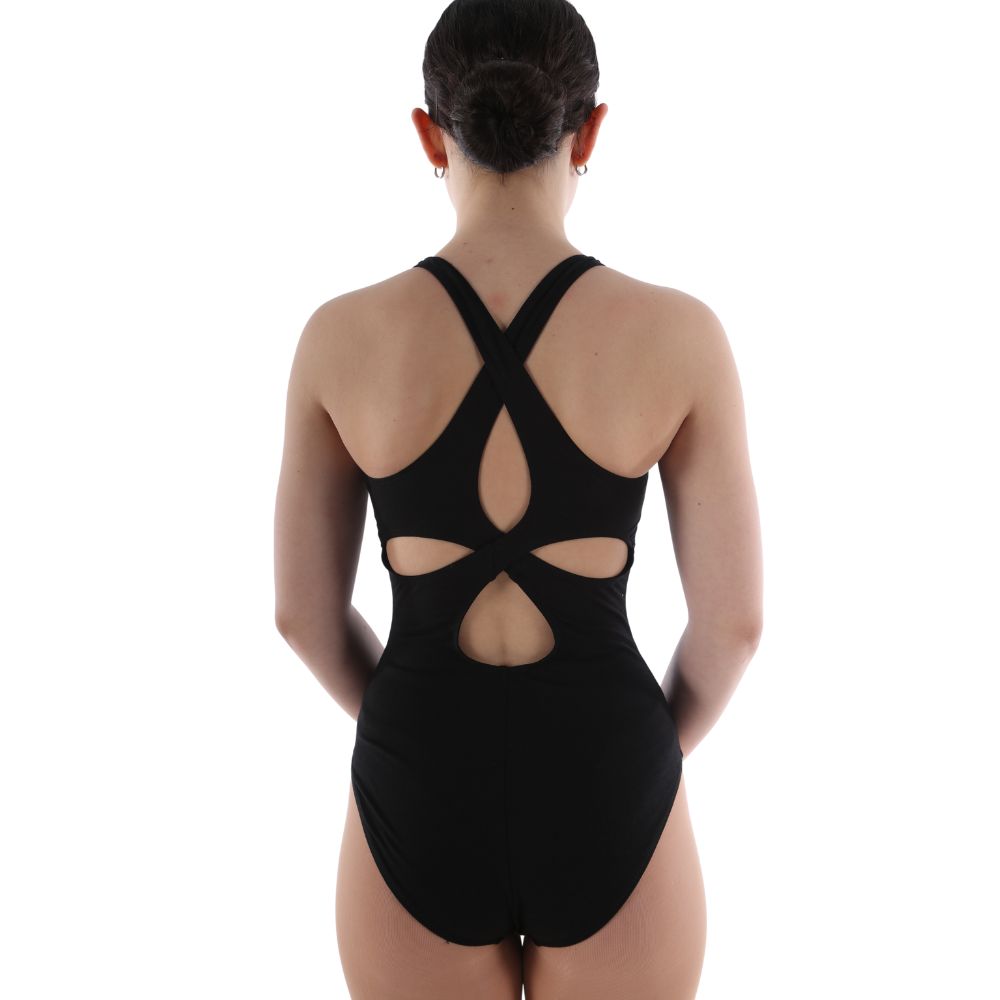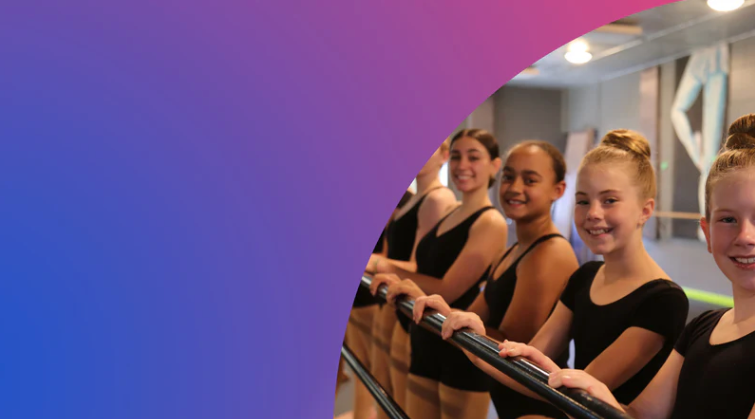As a dance studio owner, establishing a professional and consistent dance studio dress code is essential to promoting discipline, unity, and safety among your dancers. Whether you're managing a ballet studio, a contemporary class, or a competitive dance program, setting clear guidelines helps maintain professionalism and ensures that all dancers come prepared and focused.
In this guide, we’ll walk you through the benefits of having a dress code, how to choose the best attire for different classes, and tips on recommending trusted brands to your students.
Why a Dance Studio Dress Code Matters
-
Promotes Discipline and Focus
Wearing appropriate attire helps dancers mentally prepare for class. A dress code eliminates distractions and allows dancers to focus on improving technique. -
Creates Uniformity and Professionalism
A consistent look fosters team spirit and ensures that all dancers represent the studio’s brand during performances and competitions. -
Ensures Safety and Proper Technique
Proper attire allows instructors to assess body alignment and posture, ensuring corrections can be made to prevent injuries.
Setting Uniform Requirements for Dancers
When deciding on a dress code for your studio, consider the age group, dance style, and class goals. Here’s a quick breakdown to help you get started:
1. Ballet Class Attire
Ballet classes typically require a more traditional uniform to maintain a clean and polished look. Consider the following:
-
Leotard: A solid color leotard (often black or pink for younger dancers) is ideal. Explore options from trusted brands that offer durability and comfort.
-
Tights: Pink or flesh-tone tights to create a seamless line from the legs to the feet.
-
Ballet Slippers: Properly fitted ballet slippers that allow for freedom of movement and foot articulation.
2. Jazz and Contemporary Classes
For more expressive dance styles, the attire can be slightly more relaxed:
-
Leotards or Form-Fitting Tops
-
Leggings or Dance Shorts: Provides flexibility while maintaining modesty.
-
Jazz Shoes or Barefoot: Depending on the class requirements.
3. Hip-Hop and Street Dance
Hip-hop classes often have a more casual dress code:
-
Comfortable, Loose-Fitting Clothes: Allows for fluid movement.
-
Sneakers with Good Traction: Essential for quick movements and floor work.
How to Choose the Best Leotards for Studios
Choosing the right leotards for your studio can make a significant difference in comfort and durability. Look for:
Moisture-Wicking Fabrics – Keeps dancers cool during long classes.
Stretch and Flexibility – Allows full range of motion.
Durability and Easy Care – Holds up through frequent washes.
Communicating Dress Code Guidelines to Parents and Dancers
-
Provide a Dress Code Sheet – Hand out or email a document detailing uniform requirements for dancers.
-
Host a Dress Code Q&A Session – Address any questions or concerns to ensure everyone is on the same page.
-
Offer a Studio Store or Partner Program – Partner with local suppliers like Neighborhood Dancewear to make purchasing easy for parents.
Establishing a clear and professional dance studio dress code sets the tone for your studio’s culture while keeping your dancers safe and focused. By recommending the best leotards for studios and providing a straightforward guide for parents and dancers, you’ll cultivate a thriving and disciplined dance environment.
Ready to elevate your studio’s dress code? Explore our curated selection of top-tier dancewear at Neighborhood Dancewear and help your dancers shine!




